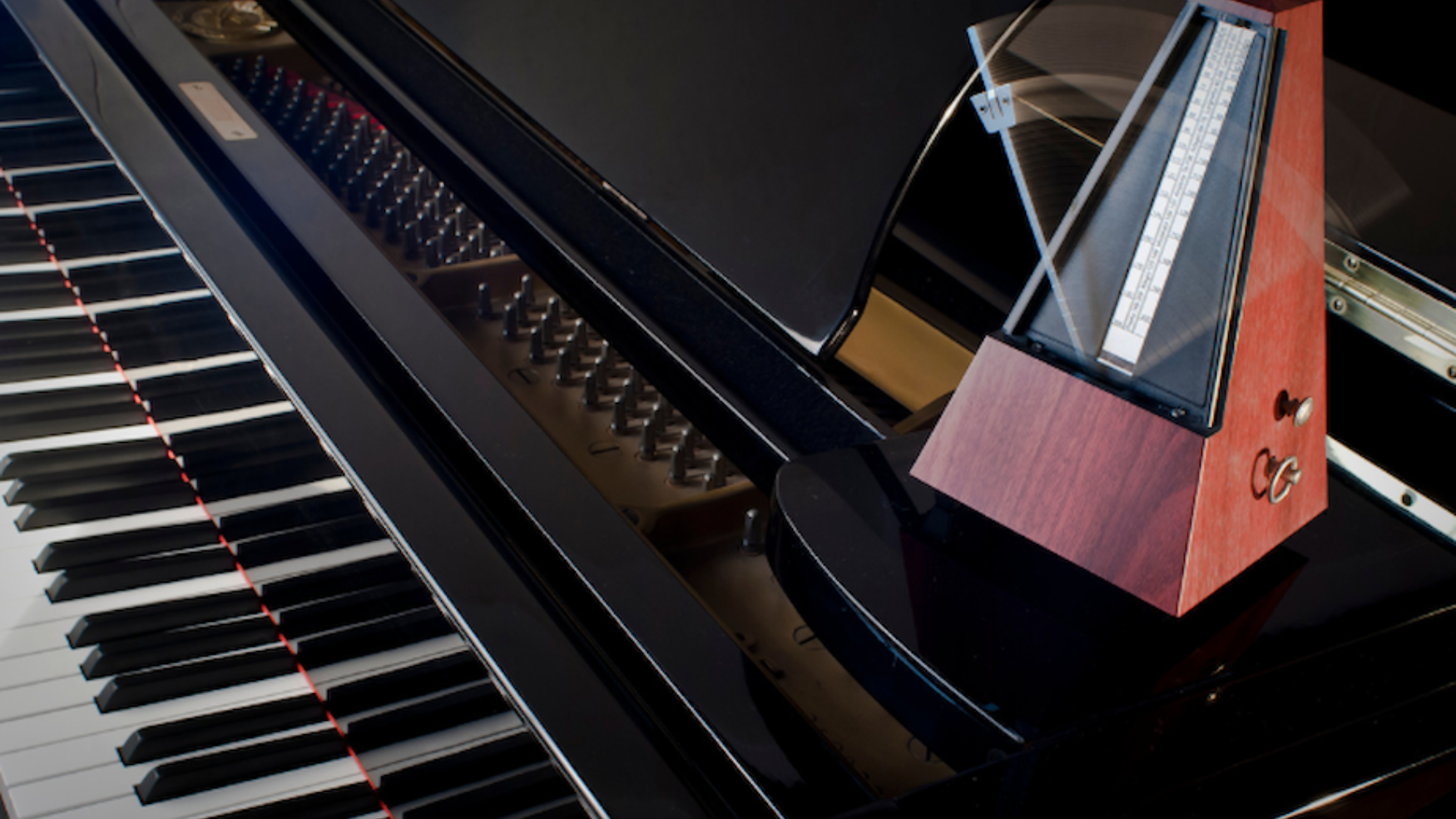Candide, the comic operetta based on Voltaire’s work, unfortunately, had a short life on Broadway in 1956. However, its lively overture had its premiere by the New York Philharmonic Orchestra under the direction of the composer in 1957 and has since become a favorite in the concert repertoire of both orchestras and bands. “The work is rhythmic, forceful, combining classical and popular styles into a clever and appealing composition.”1
The operetta was revised several times and enjoyed a limited comeback in the early 1990’s. The first arrangement for band was completed by Walter Beeler, former director of bands at Ithaca College. It was published in 1955 by G. Schirmer. A second edition by Clare Grundman was published by Boosey and Hawkes in 1992. The Beeler edition uses a section of three cornets, while the Grundman edition is scored for three cornets and two trumpets. Though not indicated on the parts in the Beeler arrangement, the scores to both editions recommend a tempo of a half-note=152. On seven recordings surveyed, tempos ranged from a half-note =132 -152. The main temporal problem in this excerpt is to remain aware of the location of the downbeat during the changing meters. The performer must keep in mind that the half-note remains constant as the meter shifts between cut time and 3/4; this is as important while counting the rests as while playing. The woodwinds have the melodic line during the cornet rests before and after rehearsal numbers 10 and 30. The melody sometimes accents the upbeats, so the performer must listen and count carefully to avoid losing his or her place.
A common pitfall is to fail to give full value to the half notes tied together in the first two measures and later in measures 19-20. Players sometimes rush through the half-notes, not allowing two full beats. The overall challenge of this excerpt, at least metrically and rhythmically, is to keep a steady, energetic tempo.
The melodic leap of a minor seventh in measures 1, 3, 19, and 21, and an eleventh in measures 42-43 can be hazardous. The skip from C5 to Bb5 and then to C6 in measures 19-20 is especially arduous because of the tessitura. In addition, the first two eighth-notes can become muddled, and the Bb5 can be “overshot” and sound as the written pitch C. The musician who works this motive out slowly, at a lower dynamic level and omitting the staccatos, will be more likely to succeed. The correct articulation and dynamics can be added gradually. The performer should not concentrate on the high notes to the extent that the two eighth-notes become unclear or out-of-tune.
Another common oversight is to forget the crescendos in the first four measures. They are integral to the expressiveness and style of this excerpt. The accents should not be overdone. Those placed on notes approached from below by a large interval will be emphasized naturally. Staccatos should be slightly exaggerated, especially in the muted section. The Grundman edition removes the slur on the first two eighth-notes in measure 38 and puts an accent over the second eighth-note. The articulation (which should be a crisp “tee” or “too” attack) combined with the glissandos make this passage, beginning at measure 39, bright and sassy. The glissando should be played cleanly, almost as clean as a slur. Using a slight half-valve technique on the glissando will make it both stylistically correct and easier to negotiate. Be aware that the alto clarinet, which also has this melody, performs a slurred triplet against the glissandos in the other woodwinds, cornets, and French horns.
Measures 39-44 of the Beeler edition are not marked as a solo but are usually played by one trumpeter. The melody during measures 39-46 is doubled in both editions by piccolo, flutes, alto saxophones, clarinets, oboe, and xylophone. The trumpet, preferably with the sound of a metal straight mute, is an integral part of this tone color, so it must not be played shyly. In addition, careful tuning will assure the level of intonation required to make the unison playing effective. The first trumpet in the Grundman edition carries the melody during measures 32-38 but is silent during measures 39-46.
1Norman E. Smith and Albert Stoutamire, Band Music Notes, revised ed. (Lake Charles, Louisiana: Program Notes Press), p. 29.
(The above article originally appeared in the dissertation by Anthony B. Kirkland, An Annotated Guide to Excerpts for Trumpet and Cornet from the Wind Band Repertoire, University of Maryland, 1997.)






